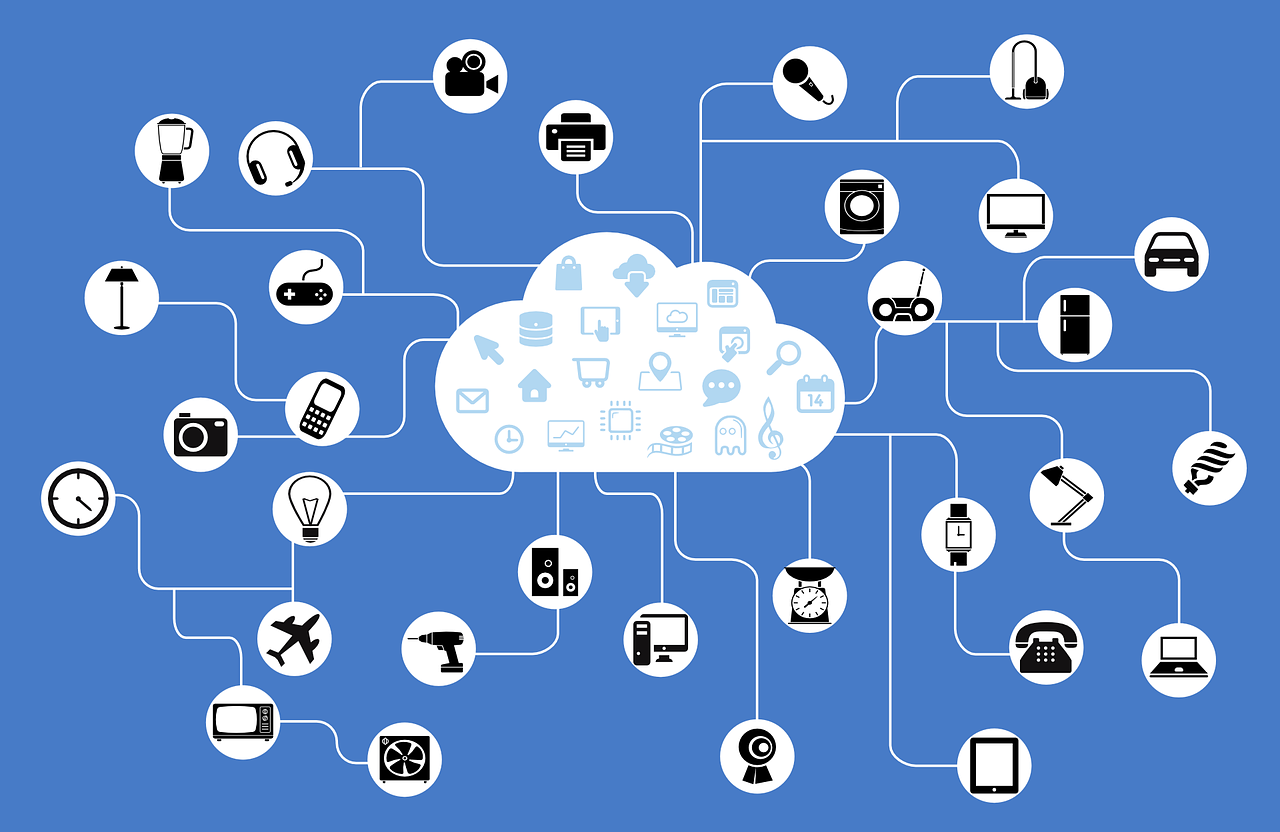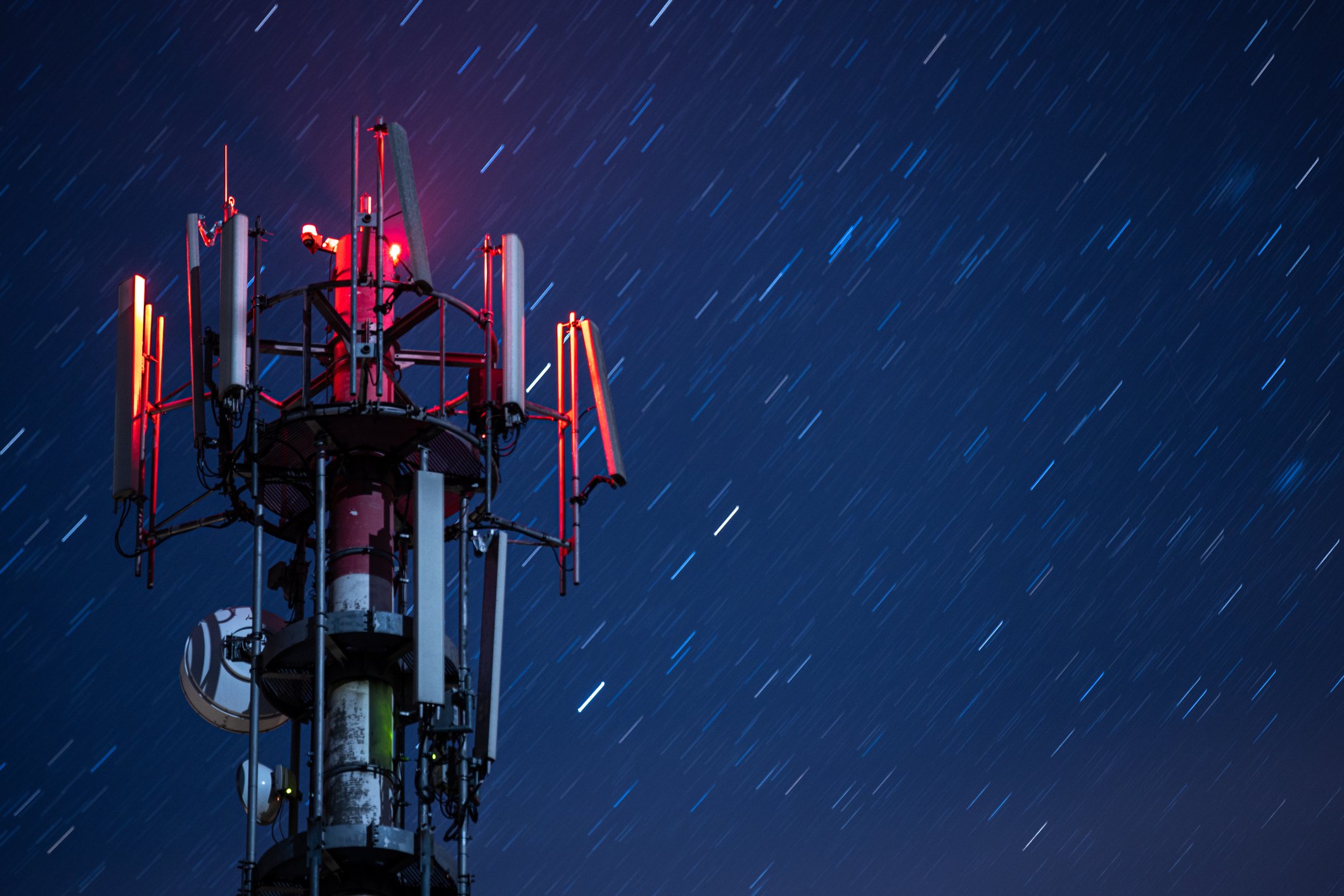What Is an IoT Gateway and How Does It Work?
Choosing an IoT connectivity solution for your deployment can be daunting. As the IoT industry expands, so does the myriad of connectivity possibilities, with solutions like 5G, NB-IoT, and LTE-M emerging within the last decade.

Subscribe by email
Choosing an IoT connectivity solution for your deployment can be daunting. As the IoT industry expands, so does the myriad of connectivity possibilities, with solutions like 5G, NB-IoT, and LTE-M emerging within the last decade.
The truth is there’s a lot at stake when choosing the right solution for your specific IoT application. Because connectivity provides the value of data transmission to and from IoT devices, it is a vital component of an IoT deployment. The connectivity solution that will optimize your IoT device’s functionality depends on factors such as its function, deployment location, and bandwidth requirements.
When it comes to navigating the complexities of IoT connectivity, Zipit Wireless stands out as a trusted partner with over a decade of industry experience. We guide OEMs to the right IoT connectivity solution for their projects and offer quality cellular connectivity from leading MNOs to ensure optimal device performance. In this article, we’ll guide you through 12 types of IoT connectivity, the process for evaluating them, and ideal use cases so your business can make the best decision for your IoT deployment.
What Is IoT Security?
IoT connectivity refers to the technologies and infrastructure that allow physical devices to connect to the internet and exchange data. This connection enables device functionality and information sharing with other devices and applications.
In an IoT ecosystem, connectivity enables application data collected by sensors to be transmitted to the cloud (sometimes through a dedicated gateway device), where the data is then processed and returned as valuable insights for device users. IoT devices can communicate data via connectivity technologies like 4G or 5G cellular with existing infrastructure, or connectivity may require additional hardware, routers, or satellite dishes, as in the case of NB-IoT, Wi-Fi, and satellite.
Why is it important to choose the right IoT connectivity solution?
Not only does the right connectivity type improve your device’s functionality, but it can keep costs in check, accelerate deployment efforts, and increase your company’s scalability. An overdesigned connectivity solution can lead to ballooning costs and may quickly drain a device’s battery, whereas an underperforming solution may not allow the transmission speed, bandwidth, or range your solution requires. Both mistakes can be costly.
For instance, an environmental monitoring device requires a solution with low power consumption that can intermittently transmit small packets of data over a significant range. A solution like 5G cellular would quickly drain the device’s battery, and although it provides excellent latency and bandwidth, these are not priorities for an environmental monitoring device. A better choice may be NB-IoT, which transmits small amounts of data at low speeds and was specifically optimized to preserve device battery life.
Related Content
The latest IoT insights and platform updates from Zipit.
As billions of connected devices continue to shape modern life, IoT manufacturers ...
The Internet of Things (IoT) is transforming how businesses operate, compete, and ...
IoT asset tracking unlocks real-time awareness, predictive power, and operational ...


